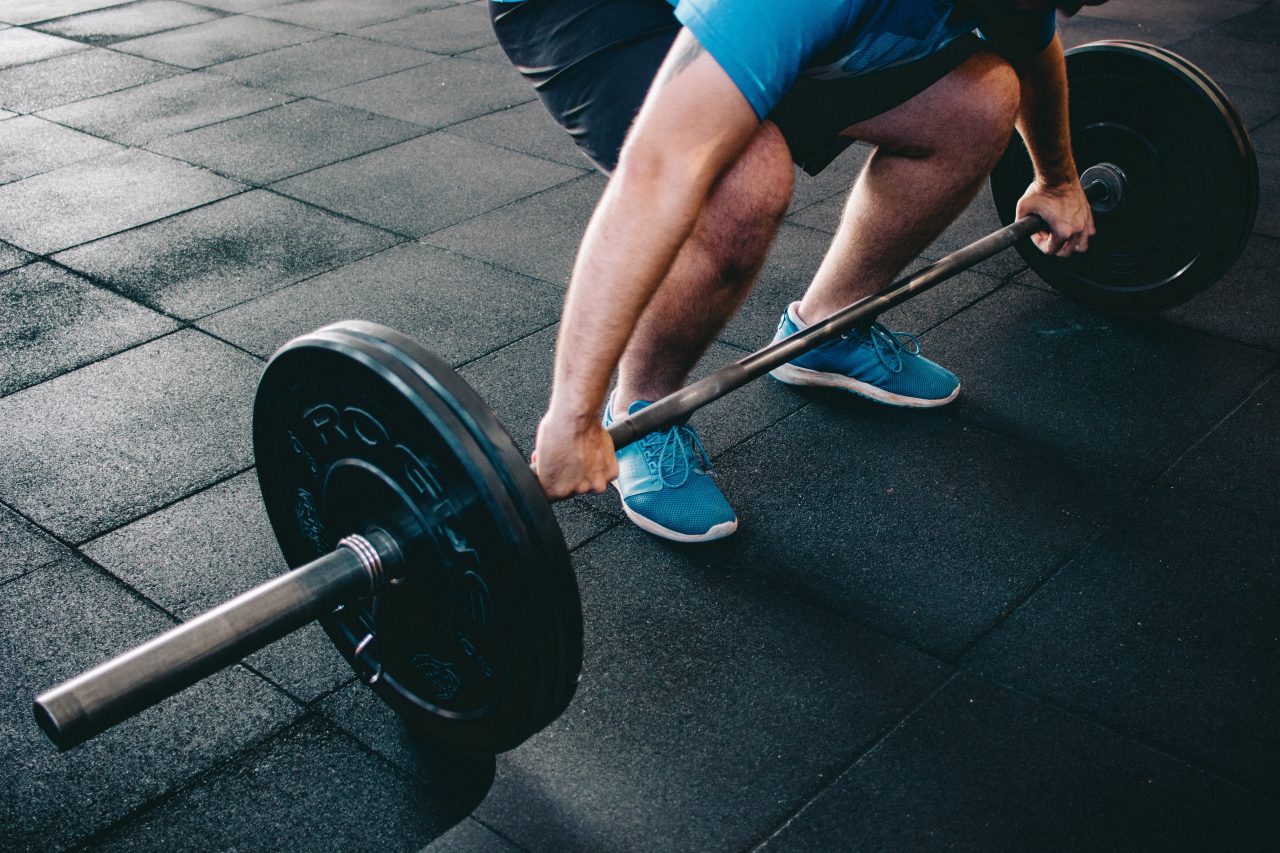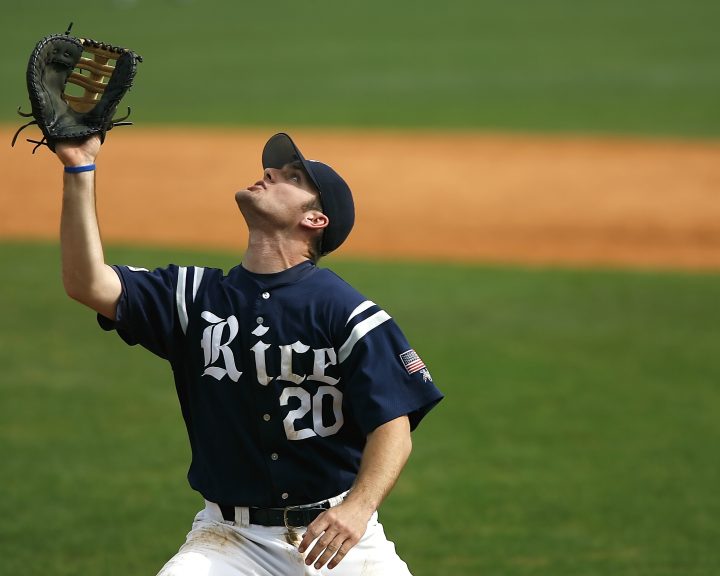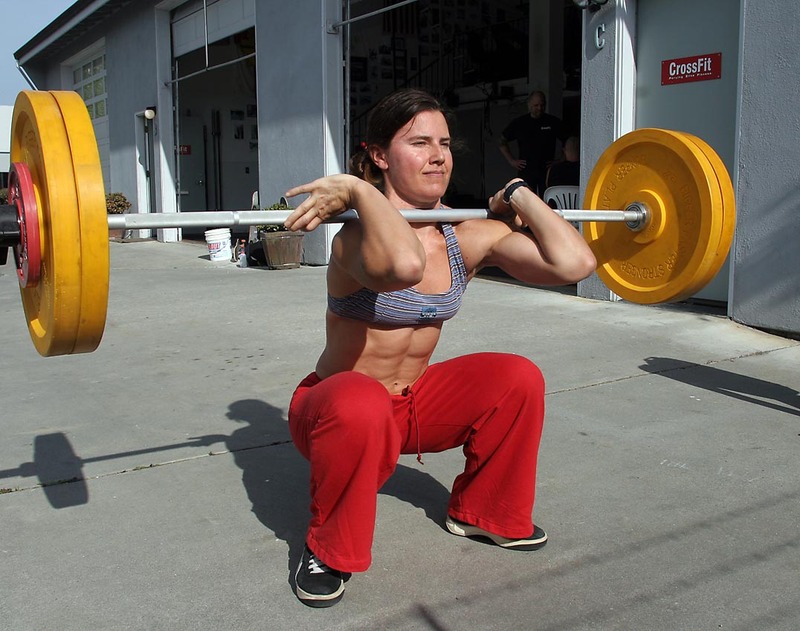When working with athletes in a team sport setting there is never enough time to do everything that we want to do. This requires us to prioritize training and to carefully consider if the return from the exercise is worth the investment in terms of the athlete’s limited time and limited ability to recover. Below are two examples of workouts to strengthen athletes:
| Day One | Day Two | Day Three | Day Four | Day Five |
| Back squats, 10x3x85% High bench squats, 3x6x95% of squat Good mornings, 3×12 Calves, 3×20 | Bench press, 10x3x85% Dips Triceps extensions, 3×12 Seated rows, bench press grip, 3×12 3-in-1 shoulders, 3×12 each direction | Deadlifts, 10x1x85% Romanian deadlifts, 3×12 Reverse hyperextensions, 3×20 | Bench squats, 3x10x70% Lunges, 3×12 each leg Overhead squats, 3×6 Calves, 3×20 | Close grip bench press, 3x10x70% Dumbbell bench press, 3×10 Triceps extensions, 3×12 Bent over rows, 3×12 3-in-1 shoulders, 3×20 each direction |
| Day One | Day Two | Day Three | Day Four | Day Five |
| Power snatch, 3x3x80% Snatch grip push press + overhead squats, 3×3+3×60% Snatch pulls, no explosion, 3x6x85% Back squats, 3x6x85% Romanian deadlifts, 3×6 | Power clean, 3x3x80% Split jerk, 3x2x80% Clean pulls, 3x6x85% Front squats, 3x4x80% Standing military press, 3×6 | Hang power snatch, 3x3x70% Snatch grip pulls, hang, 3x6x75% Back squats, 3x8x70% Good mornings, 3×8 | Hang power clean + Split jerk, 3×3+2×70% Clean pulls, no explosion, 3x6x85% Front squats, 3x6x70% Seated military press, 3×8 | Pull + Snatch + Overhead Squats, 3×3+3+3×60% Clean + Front Squat + Split Jerk, 3×3+6+3×60% |
Both workouts represent different approaches. The first is a powerlifting workout. The second is an Olympic weightlifting workout. Neither will work for team sport athletes. Both workouts require an investment in time, equipment, and space that are not available to team sport athletes.
First, most team sport athletes aren’t able to train 5 days a week in the weight room. There may be rules dictating how much time they can spend in organized activities or there may only be a certain amount of time available. For example, athletes may practice between 2:30 and 4:30. How will that time be divided between sports practice and strength/conditioning? The point is, time is often too limited for those sample workouts.
Second, most team sport settings involve large numbers of athletes. This means that training has to be carefully considered to get a large number of athletes through the training, in a short/finite period of time, with often minimal supervision. I get that there are standards and recommendations from professional associations but often these can’t be done in the real world.
So, this post has shot a lot of things down. What do we do? That’s the next post!





1 thought on “Training for Strength: Part 1”
Comments are closed.